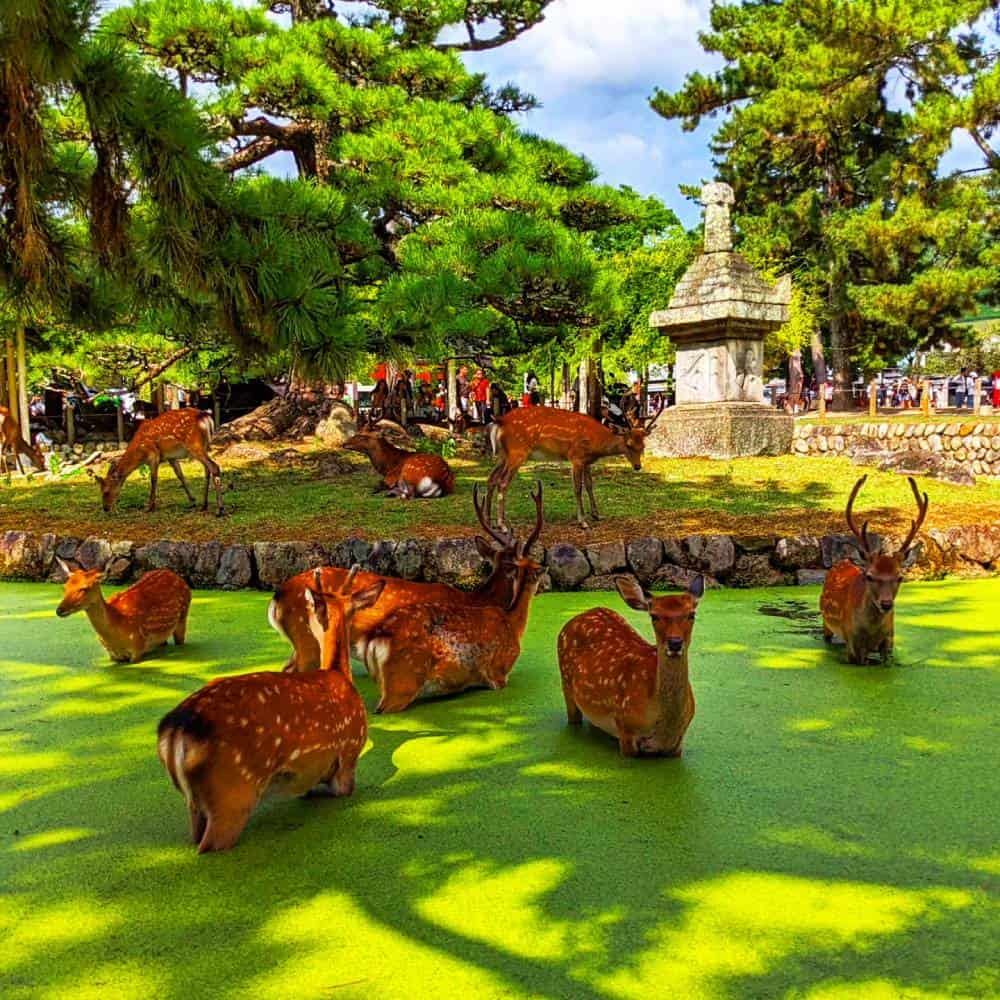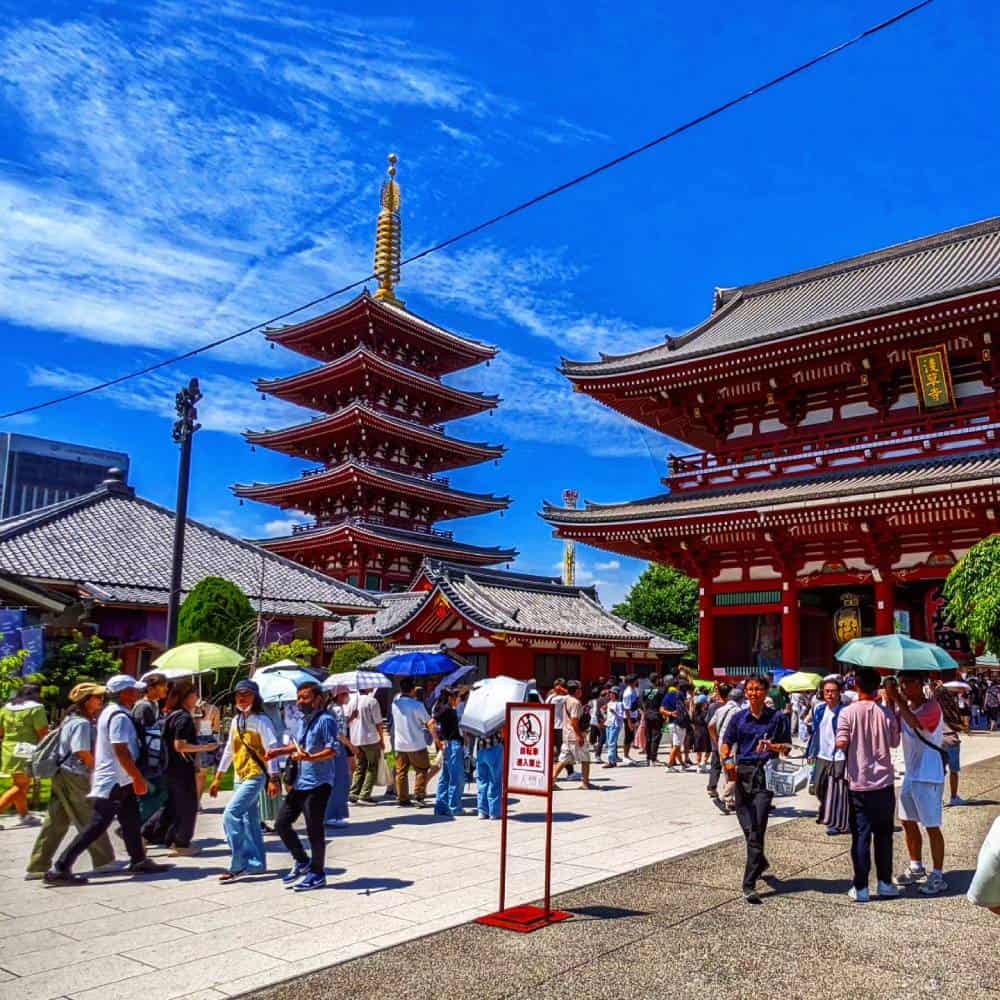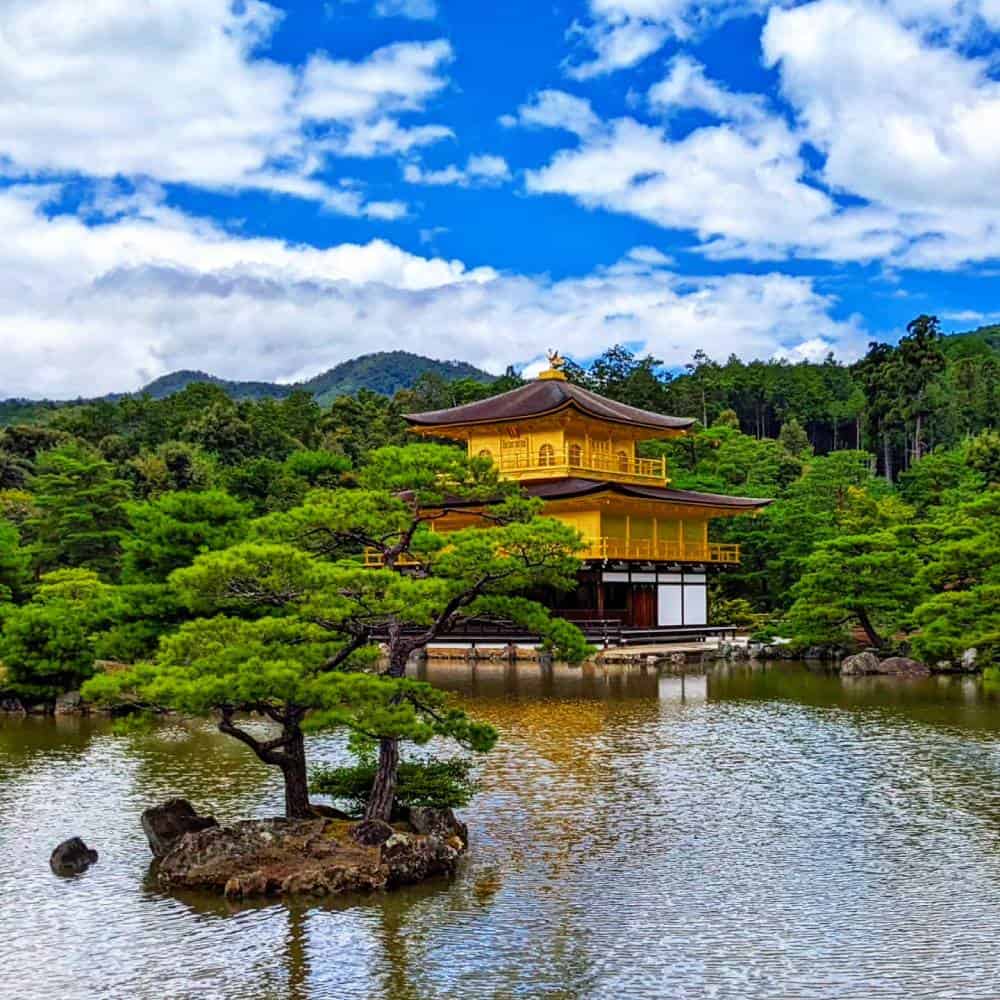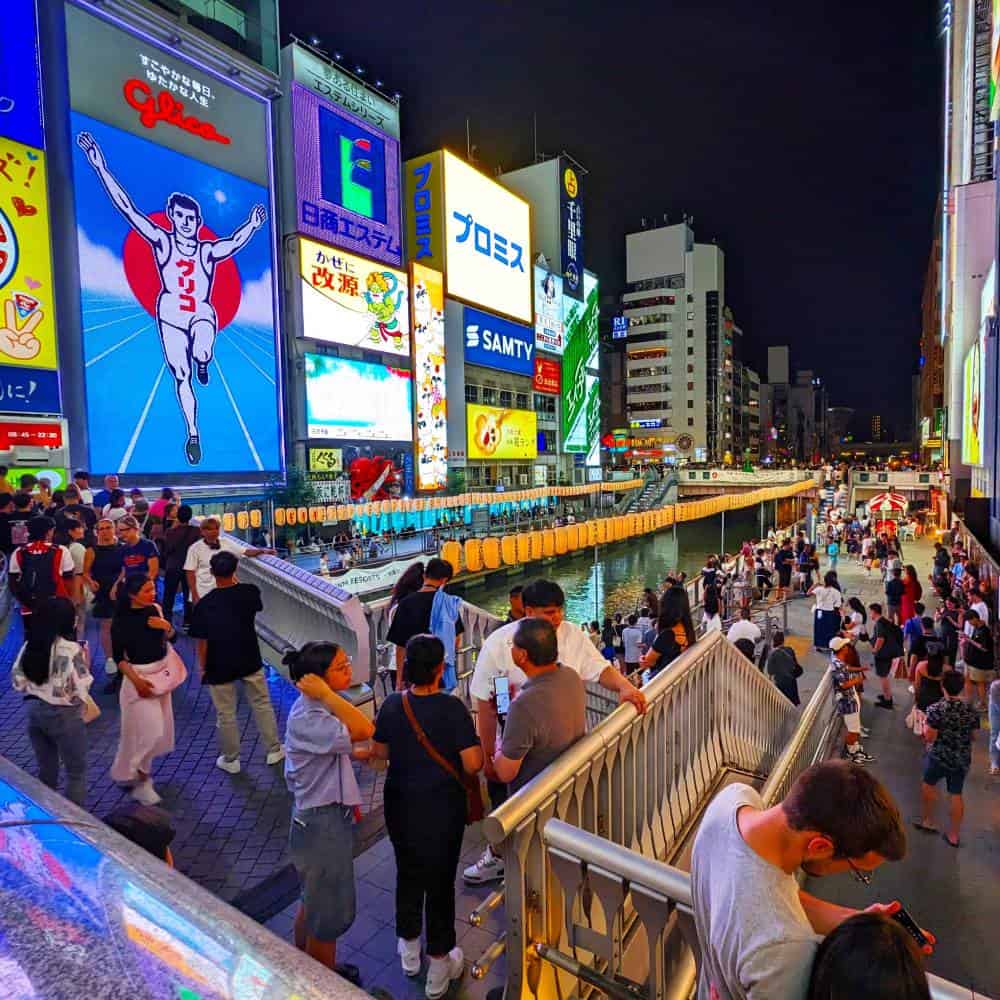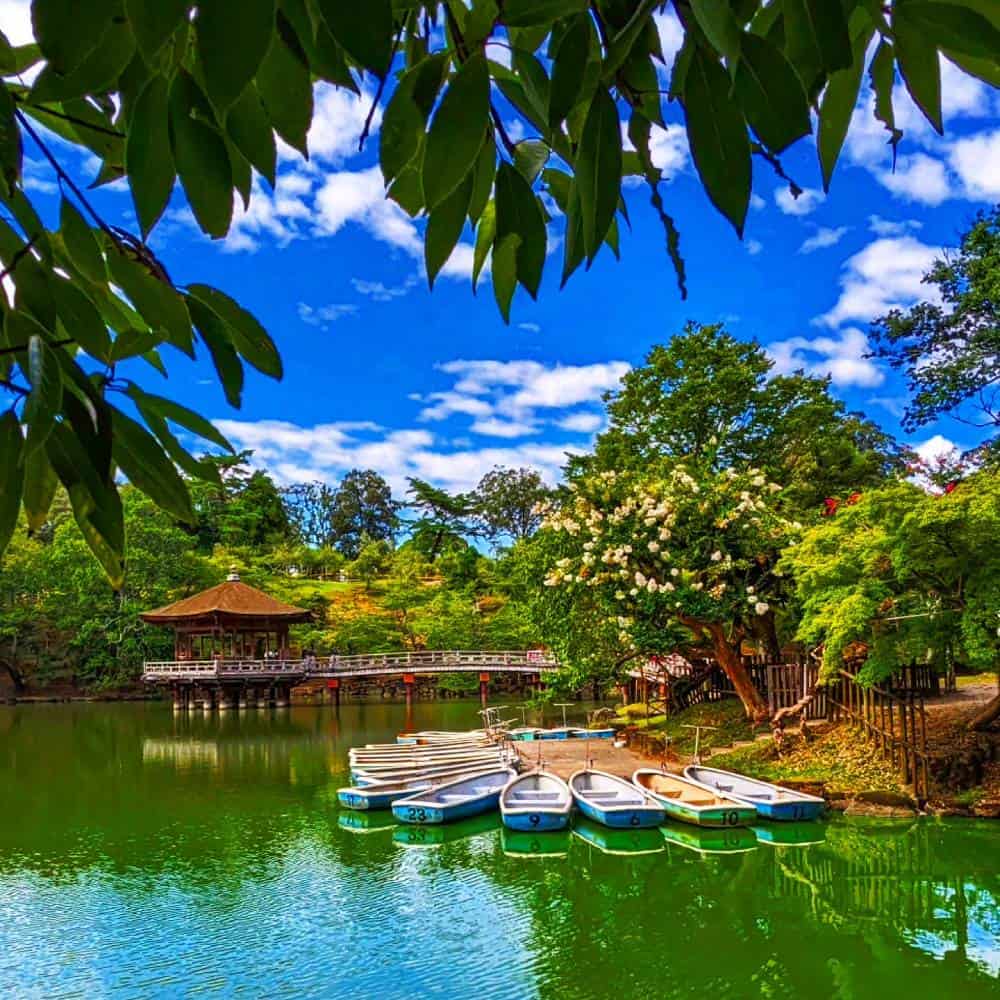
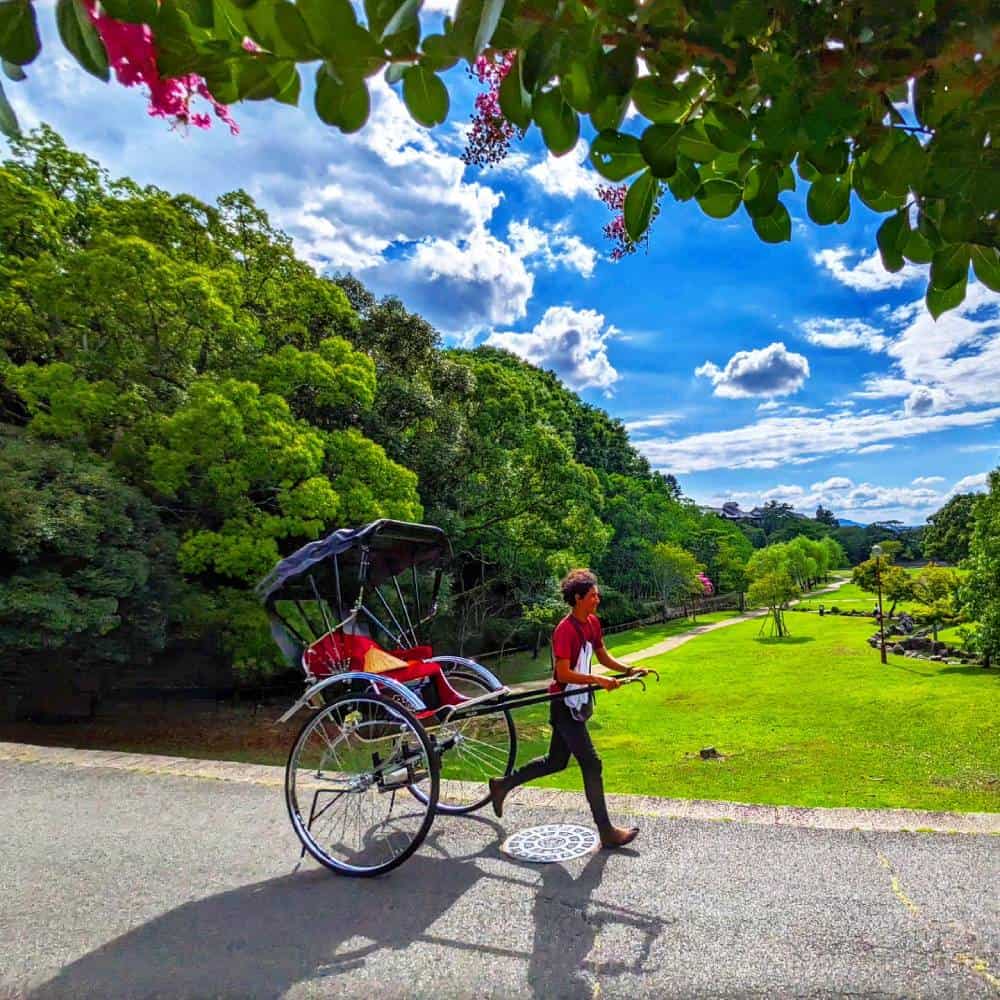
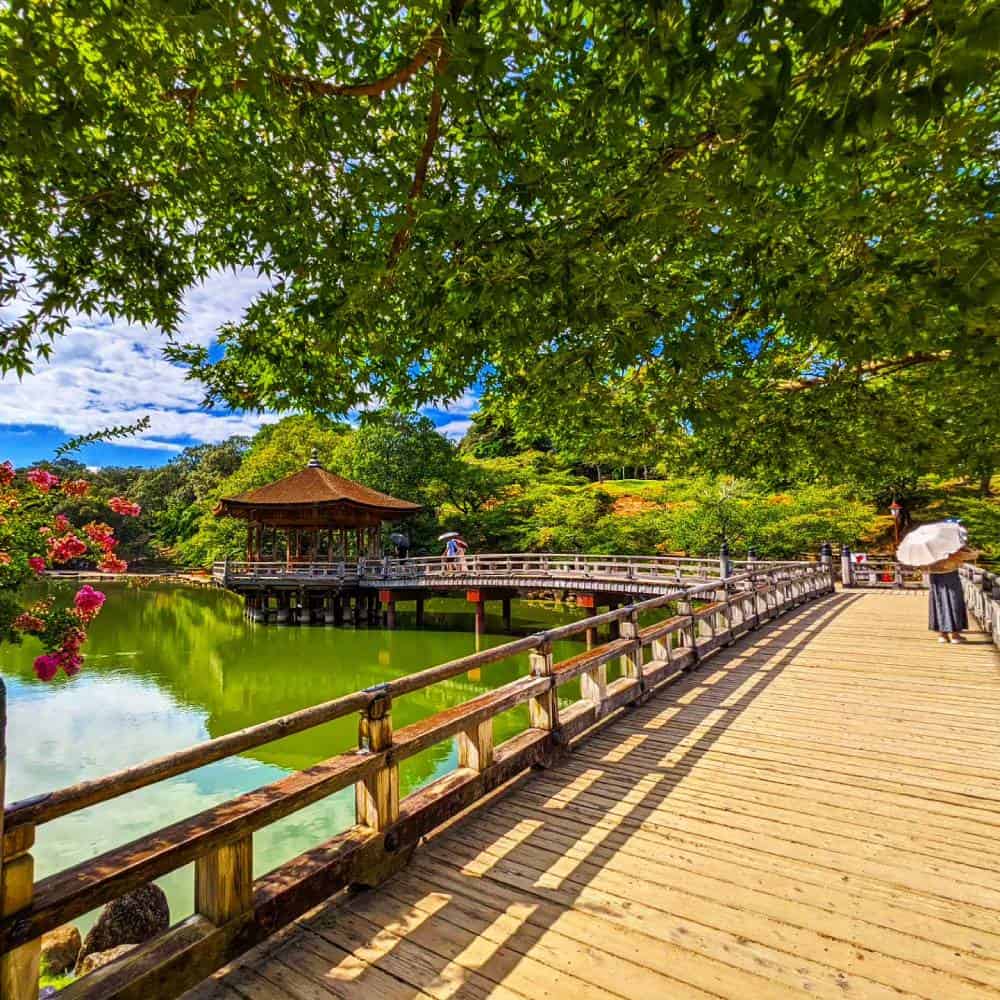
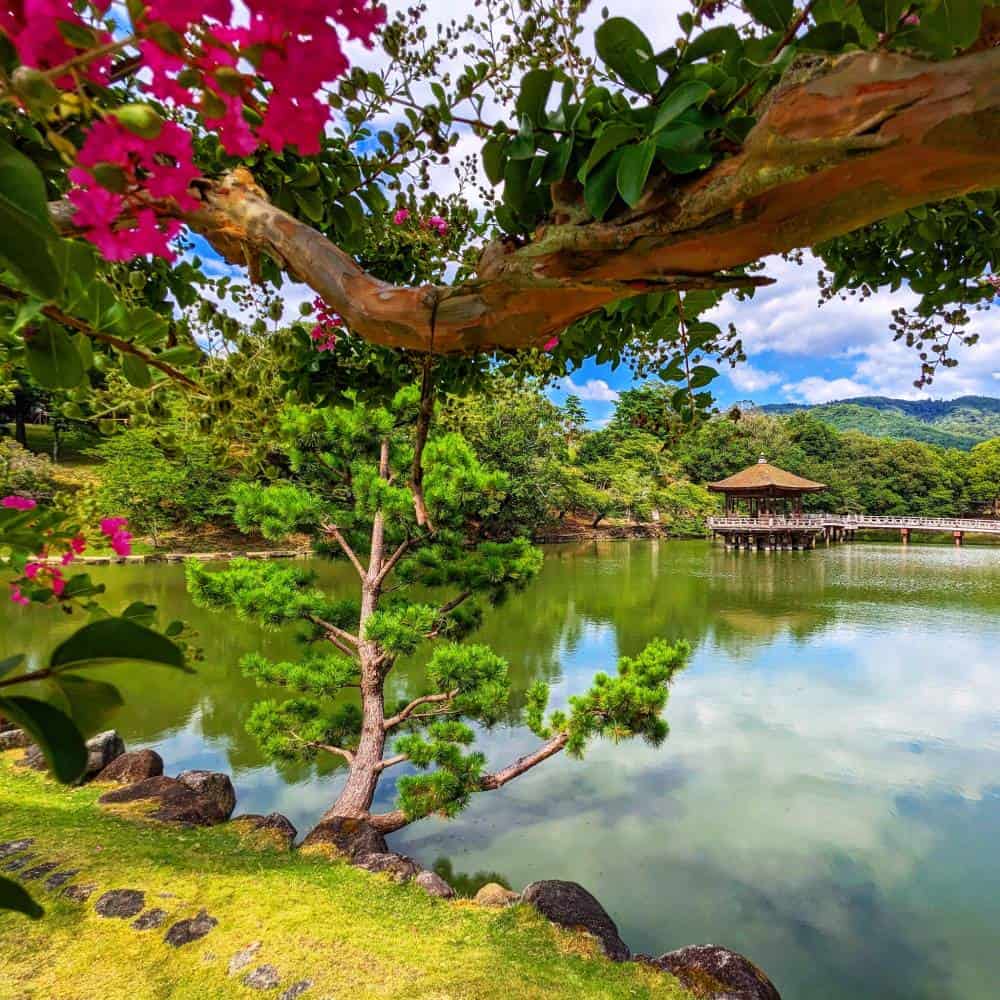
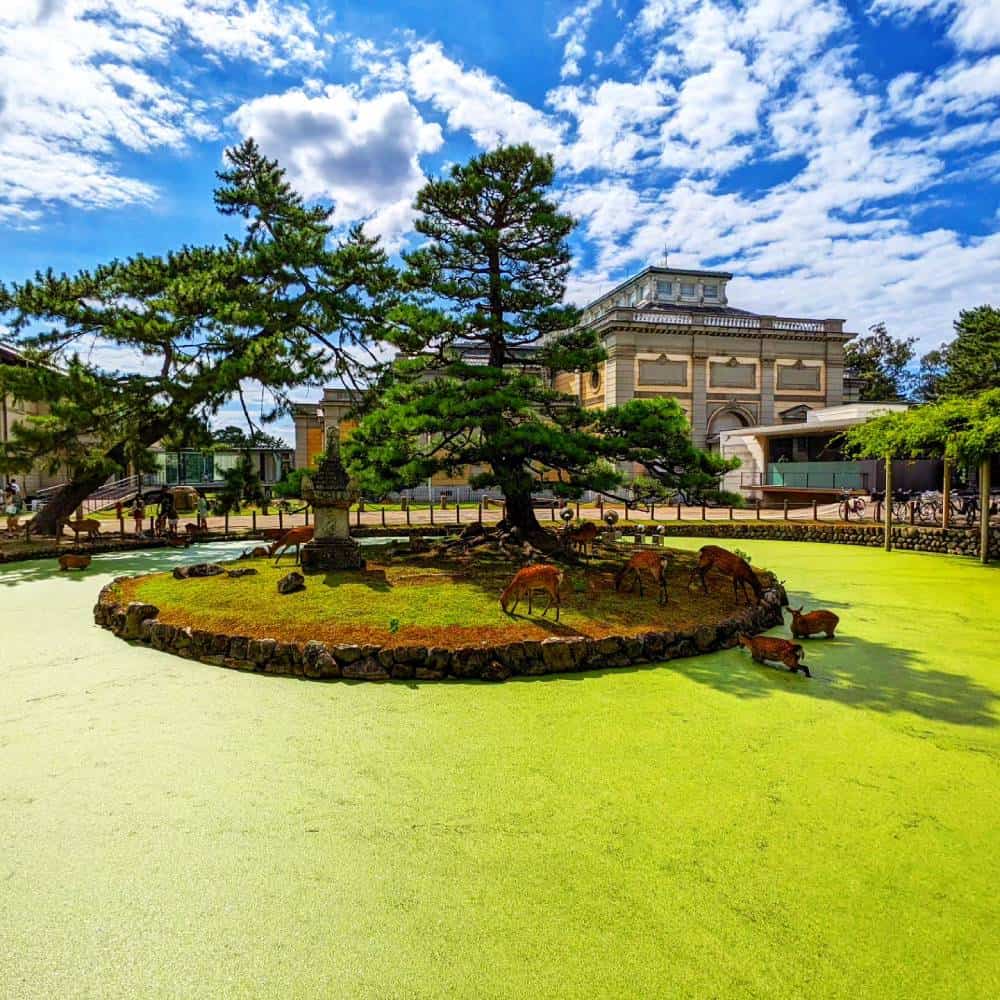
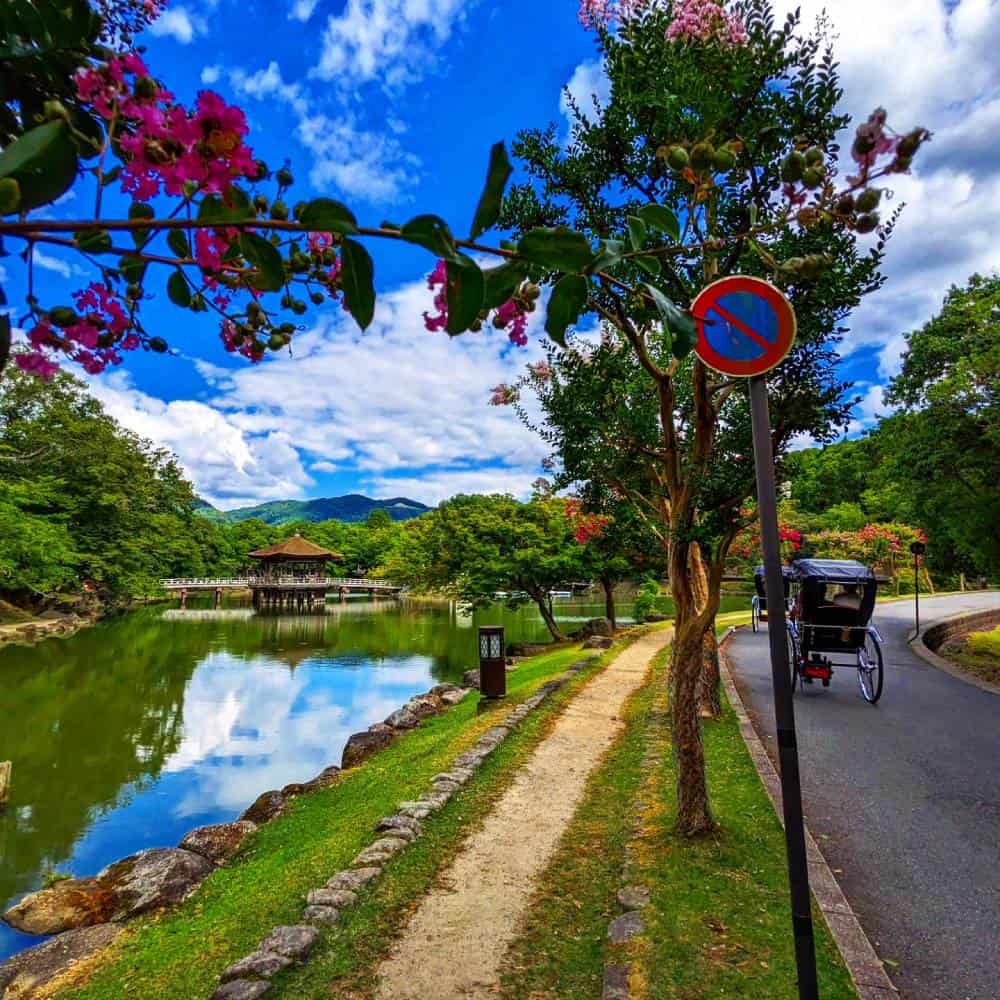
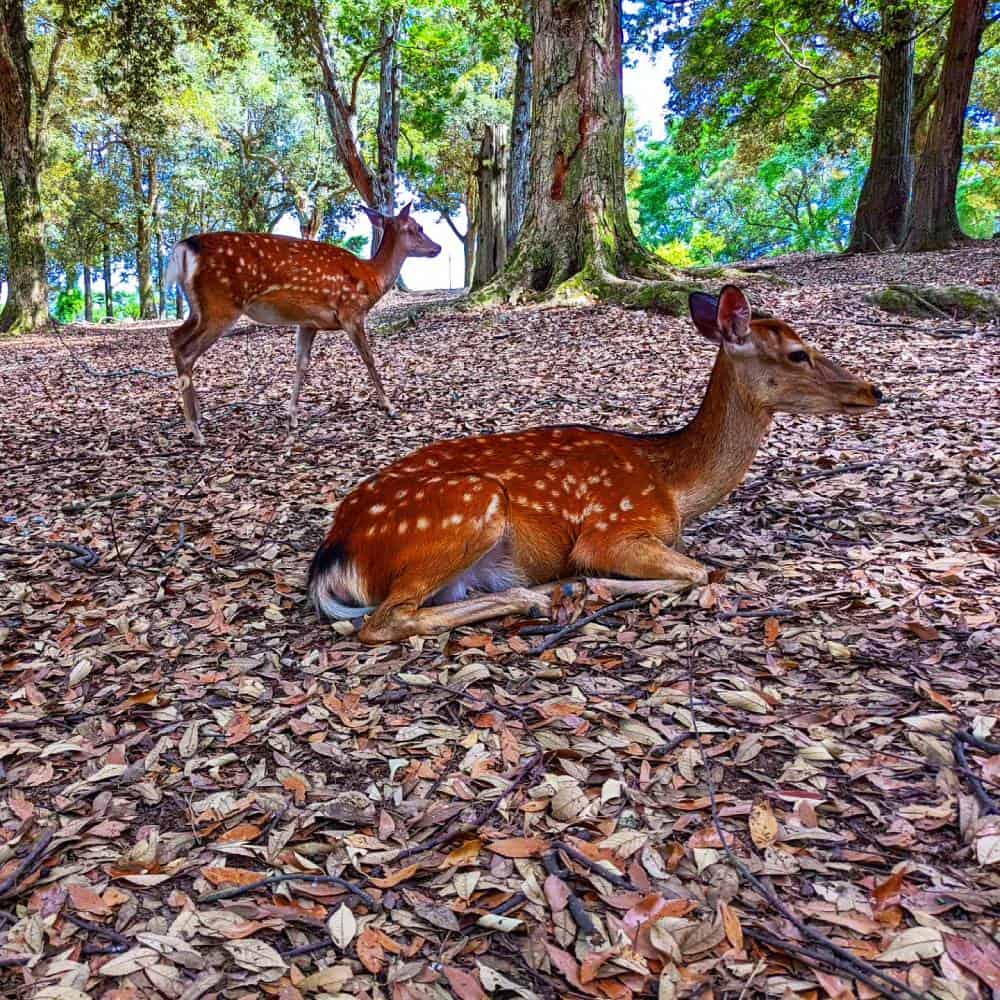
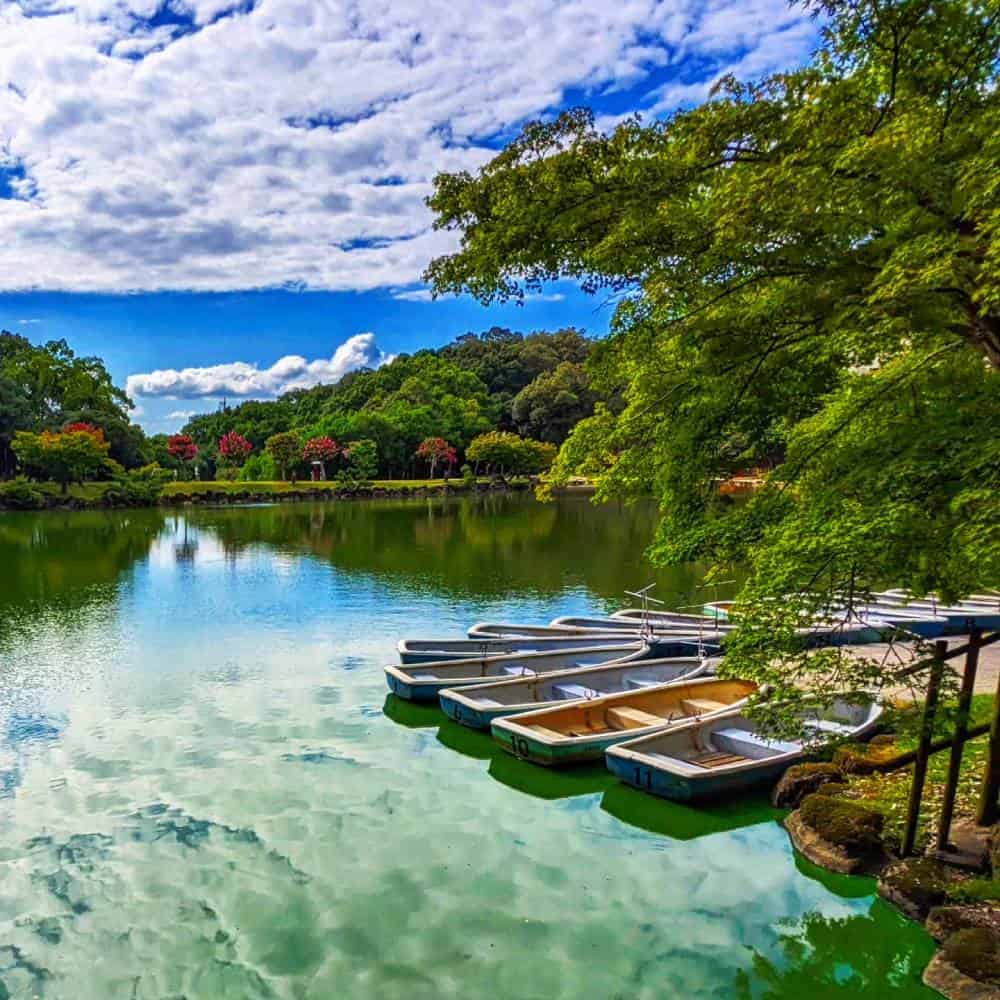
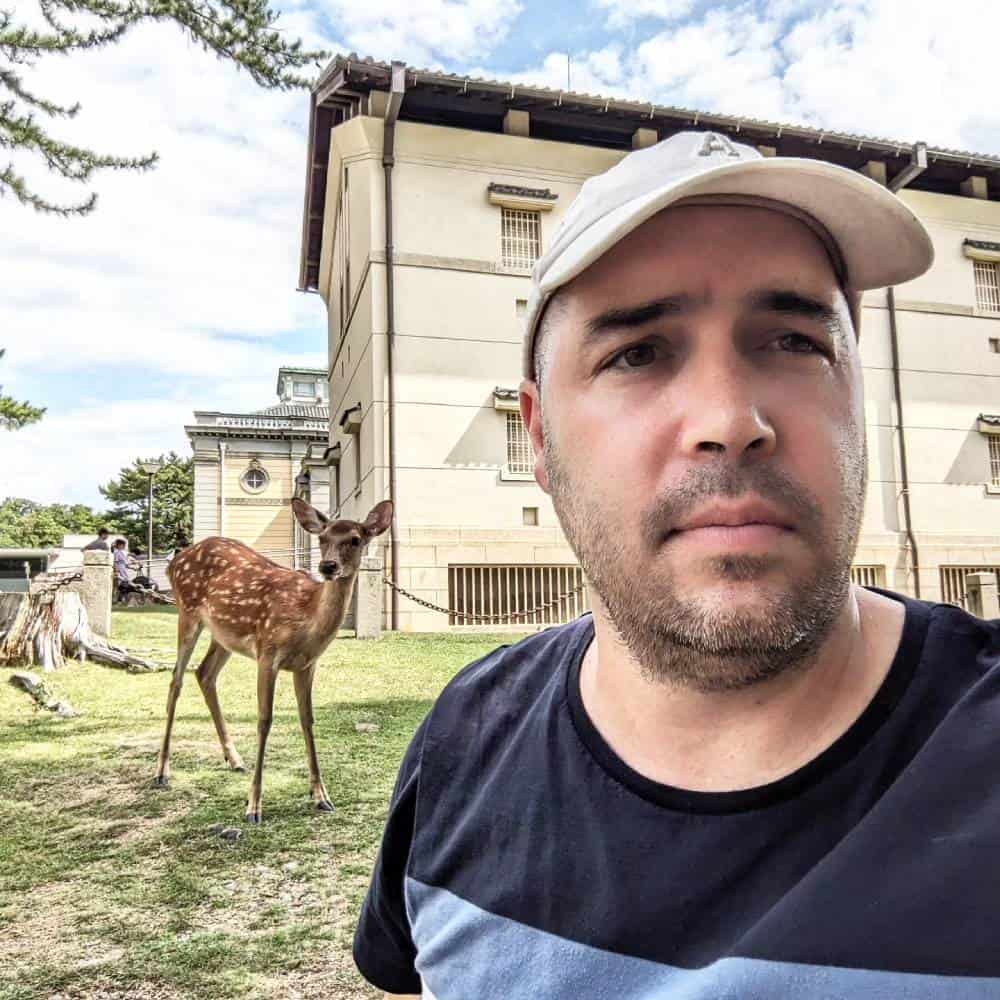
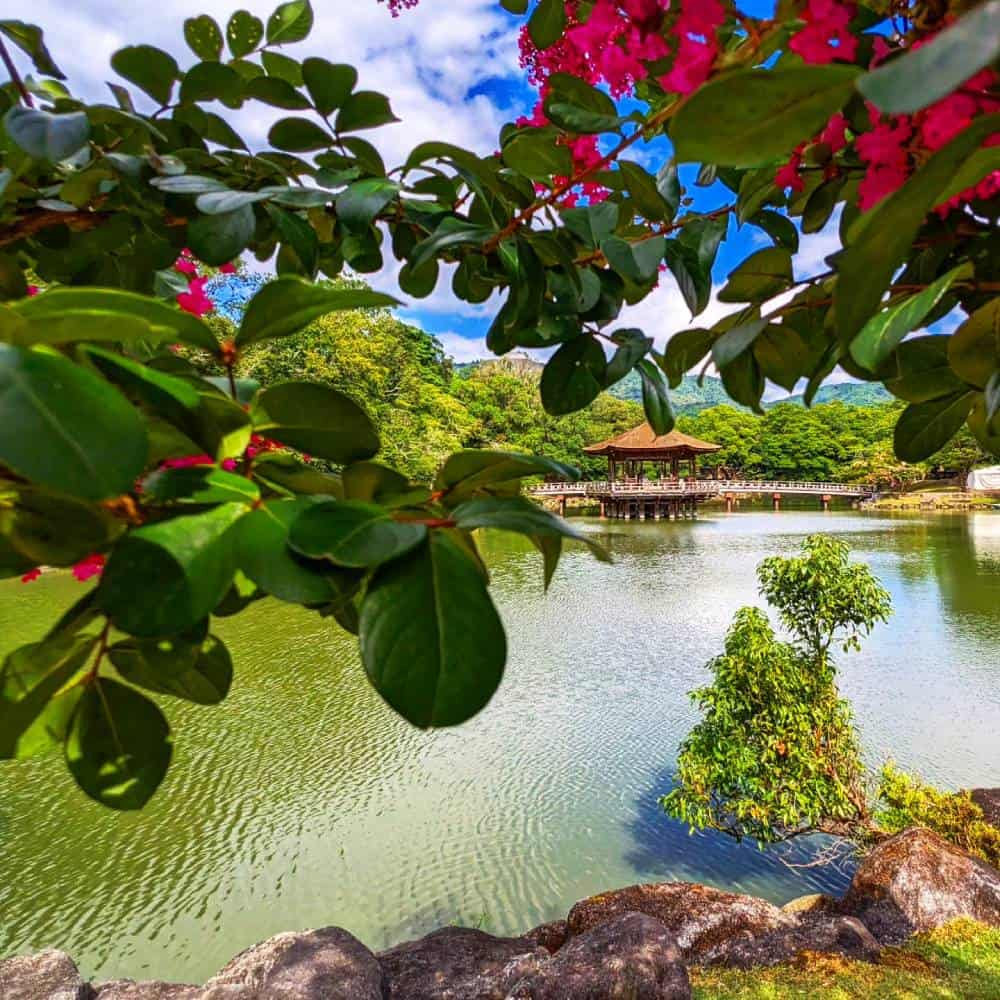
Historical Overview
Nara was Japan’s first permanent capital, established in 710 AD. Before Nara, the capital moved frequently due to the tradition of moving the capital when an emperor died, as it was believed that the site of death was impure. However, during the Nara period, the capital remained in one place for nearly 75 years, allowing it to develop into a center of culture, religion, and politics. The city’s layout and many of its structures were influenced by the Chinese Tang Dynasty, reflecting the cultural exchanges between Japan and China at the time.
During this period, Buddhism was also spreading rapidly in Japan, and many of the most significant temples in Nara were built during this time. These temples, such as Tōdai-ji, Kōfuku-ji, and Yakushi-ji, became central to the religious and cultural life of Japan.
Fun Things to Do in Nara
Nara offers a variety of attractions that highlight its rich history, cultural heritage, and natural beauty. Here are some of the top things to do in Nara:
Visit Tōdai-ji Temple
Tōdai-ji is perhaps the most famous temple in Nara and is home to the Great Buddha (Daibutsu), one of the largest bronze statues of Buddha in the world. The temple was originally constructed in the 8th century and has undergone several reconstructions over the years. The Great Buddha Hall (Daibutsuden) is the largest wooden building in the world, even though it is only two-thirds of its original size.
Inside the hall, the massive bronze statue of Buddha, which stands at about 15 meters tall, is an awe-inspiring sight. The temple grounds also include a number of other important structures, such as the Nandaimon Gate, which is flanked by two impressive Nio guardian statues.
Explore Nara Park
Nara Park is a vast public park in the city center, famous for its population of over 1,000 freely roaming deer. These deer are considered sacred in the Shinto religion and are believed to be messengers of the gods. Visitors can purchase special deer crackers (shika senbei) to feed the deer, which are generally friendly and accustomed to interacting with people.
The park is also home to several of Nara’s key attractions, including Tōdai-ji Temple, Kōfuku-ji Temple, and the Nara National Museum. The park’s expansive grounds, dotted with ancient trees and ponds, provide a tranquil setting for a leisurely stroll.
Visit Kōfuku-ji Temple
Kōfuku-ji is another of Nara’s historically significant temples, originally founded in 669 AD. It was once one of the powerful Seven Great Temples of Nara and served as the family temple of the Fujiwara clan, one of Japan’s most powerful aristocratic families.
The temple complex includes several important buildings, such as the Central Golden Hall (Chū-kondō) and a five-story pagoda, which is the second tallest pagoda in Japan. The Kōfuku-ji National Treasure Hall houses a collection of Buddhist art and artifacts, including statues and other treasures from the temple’s long history.
Visit Kasuga Taisha Shrine
Kasuga Taisha is Nara’s most famous Shinto shrine, established in 768 AD by the powerful Fujiwara clan. The shrine is known for its beautiful architecture and its many lanterns, which have been donated by worshippers over the centuries. These lanterns, made of bronze and stone, are lit during the Lantern Festivals in February and August, creating a magical atmosphere.
The shrine is located in a wooded area of Nara Park, and the path leading to it is lined with hundreds of stone lanterns. The inner area of the shrine is home to several smaller shrines, each dedicated to a different deity. The nearby Kasugayama Primeval Forest, a UNESCO World Heritage Site, is also part of the shrine grounds and is home to many rare plant and animal species.
Explore the Nara National Museum
The Nara National Museum is a great place to learn more about the history and culture of Nara and Japan as a whole. The museum, which was established in 1889, houses an extensive collection of Buddhist art, including statues, paintings, and ritual objects. The museum’s main building, designed in a European style, is an attraction in itself.
The museum also hosts special exhibitions throughout the year, focusing on various aspects of Japanese art and history. The nearby Nara Prefectural Museum of Art, which focuses on modern and contemporary art, is also worth a visit.
Walk Through Isuien Garden
Isuien Garden is a beautiful traditional Japanese garden located near Tōdai-ji Temple. The garden is divided into two parts: the front garden, which dates back to the 17th century, and the rear garden, which was added in the 19th century. The garden features ponds, stone lanterns, tea houses, and carefully manicured trees and shrubs.
One of the garden’s highlights is the view of the Nandaimon Gate and the Great Buddha Hall of Tōdai-ji Temple in the distance, which can be seen from certain vantage points in the garden. Isuien Garden is a peaceful oasis and a great place to relax and enjoy the natural beauty of Nara.
Visit Hōryū-ji Temple
Hōryū-ji, located in the suburbs of Nara, is one of Japan’s oldest temples and a UNESCO World Heritage Site. The temple was founded in 607 AD by Prince Shōtoku, a key figure in the early promotion of Buddhism in Japan. The temple’s main hall, five-story pagoda, and central gate are among the oldest wooden buildings in the world, dating back to the 7th century.
Hōryū-ji is also home to an extensive collection of Buddhist art and artifacts, including statues, paintings, and sutras. The temple complex is divided into two main areas: the Western Precinct (Sai-in), where the oldest buildings are located, and the Eastern Precinct (Tō-in), which includes the Hall of Dreams (Yumedono), dedicated to Prince Shōtoku.
Day Tour Options in Nara
Nara is an excellent destination for day trips from nearby cities like Kyoto and Osaka. There are several tour options available that cater to different interests, whether you’re interested in history, culture, nature, or a combination of all three. Here are some popular day tour options in Nara:
Nara Full-Day Private Tour
A full-day private tour is a great way to explore Nara’s key attractions at your own pace. A knowledgeable guide will take you to major sites such as Tōdai-ji Temple, Nara Park, Kōfuku-ji Temple, and Kasuga Taisha Shrine, providing insights into the history and significance of each location. You can also customize the itinerary to include other sites of interest, such as Isuien Garden or the Nara National Museum.
Nara and Kyoto Day Tour from Osaka
This day tour combines the highlights of Nara and Kyoto, making it an excellent option for those who want to see as much as possible in one day. The tour typically includes visits to Tōdai-ji Temple, Nara Park, and Kasuga Taisha Shrine in Nara, as well as Fushimi Inari Shrine and Kinkaku-ji (the Golden Pavilion) in Kyoto. The tour usually includes transportation, an English-speaking guide, and lunch.
Nara Half-Day Walking Tour
If you’re short on time or prefer a more focused experience, a half-day walking tour of Nara is a good option. This tour typically covers the main attractions around Nara Park, including Tōdai-ji Temple, Kōfuku-ji Temple, and Kasuga Taisha Shrine. The walking tour allows you to immerse yourself in the city’s history and culture while enjoying the natural beauty of the park.
Nara Food and Culture Tour
For those interested in Nara’s culinary traditions, a food and culture tour is a great way to experience the city’s unique flavors. This tour typically includes visits to local markets, food stalls, and traditional restaurants where you can sample Nara’s specialty dishes, such as kakinoha-zushi (persimmon leaf-wrapped sushi) and narazuke (vegetables pickled in sake lees). The tour may also include visits to cultural sites, such as temples and shrines, to provide a well-rounded experience.
Nara and Uji Tea Culture Tour
This day tour focuses on the tea culture of Nara and the nearby town of Uji, which is famous for its high-quality green tea. The tour typically includes visits to tea plantations, where you can learn about the tea-making process and sample freshly brewed tea. In Uji, you’ll visit the historic Byōdō-in Temple, which is depicted on the 10 yen coin, and enjoy a traditional tea ceremony. The tour may also include a visit to Tōdai-ji Temple or Kasuga Taisha Shrine in Nara.

